What began as a digital convenience has evolved into a real-time battleground where every click, every code, and every checkout carries both opportunity and risk.
For retail executives, fraud is no longer a back-office issue. It's a frontline business problem that simultaneously impacts brand trust, customer experience, and margin. The stakes are rising fast, and the numbers tell a sobering story.
The New Economics of Fraud
According to the Federal Reserve and LexisNexis 2025 True Cost of Fraud Report, online card-not-present (CNP) fraud now represents nearly 73% of all card payment fraud losses in the United States, costing retailers over $10 billion annually. That's up almost 9% from the previous year.
And that's only part of the picture.
Beyond stolen payment data, retailers are losing billions to what's known as policy abuse—the gray area of fraud that exists within customer-friendly experiences, including unlimited promo codes, free trials, flexible refunds, and same-day delivery.
A Merchant Risk Council study found that 73% of U.S. retailers reported promotion or coupon abuse within the last year, with one in three redemptions during peak events, such as Black Friday, estimated to be fraudulent. At the same time, 63% of merchants experienced a year-over-year increase in first-party misuse, with customers or bots taking advantage of discounts, returns, or reward credits intended for legitimate shoppers.
What's keeping executives up at night isn't just the scale of these attacks; it's their sophistication.
Fraud is now algorithmic. Criminal networks use automation to test discount logic, clone devices, and run synthetic identities at scale. Every fraudulent transaction looks almost legitimate. Every real customer sometimes looks suspicious.
The result: fraud teams are overwhelmed, false positives frustrate legitimate customers, and the cost of prevention continues to climb. For every $1 in fraud loss, U.S. retailers now incur $4.61 in indirect costs, including chargebacks, labor, appeasements, and brand damage.
Complexity Meets Customer Expectation
Modern commerce demands speed and personalization, instant approvals, one-click checkouts, and digital promotions that feel seamless. But every layer of convenience adds a layer of vulnerability.
Fraud executives are being asked to solve a paradox: Stop fraud without stopping customers.
The customer wants frictionless; the business needs control. Historically, this has been a trade-off between two options. Traditional fraud systems rely on static rules that can't keep pace with dynamic behavior. Tighten the rules and conversion drops; loosen them and exposure spikes.
This tension is precisely why fraud prevention has become a strategic priority at the board level. It's no longer a question of compliance; it's a question of competitiveness.
The Opportunity to Redefine Control
The retailers leading in 2025 are reframing the problem entirely. They see fraud not as an operational cost, but as a data and decision problem.
Every transaction, every return, every promo redemption contains data that tells a story: who's buying, how often, from where, using what method, and under what conditions. The power lies in reading that story faster than the fraudster writes it.
This is the essence of intelligent decisioning: utilizing machine learning and policy logic to assess risk in milliseconds, across millions of touchpoints, while maintaining the customer experience intact.
It's not about adding more rules; it's about making better decisions explainable, consistent, and adaptive to changing patterns.
How Modern Fraud Management Simplifies the Complex
This is where a new generation of technology comes in, systems built to analyze, decide, and act at the moment of transaction.
SureStep implements this through Fraud Management, powered by SAS Intelligent Decisioning. It's a decision orchestration layer designed to unify analytics, rules, and automation, creating a real-time "decision brain" for fraud and promotion risk.
Fraud Management helps retailers:
- Integrate all fraud signals from payment systems, order history, device intelligence, velocity checks, and behavioral biometrics into a unified view.
- Score transactions in real time with predictive models that learn from both fraud and legitimate patterns, continuously recalibrating thresholds.
- Apply tiered decision logic: for example, instantly approve low-risk orders, trigger 3-D Secure verification for moderate risk, or deny transactions that match high-risk profiles.
- Detect promotion and refund abuse through data correlation, spotting multi-account coupon stacking, high-velocity refund claims, or repeated "lost item" requests.
- Expose decisions as APIs, enabling e-commerce and payment systems to call for instant risk evaluation before checkout or refund execution.
- Audit every decision path with complete explainability, enabling compliance teams and executives to understand not only what the system decided, but also why.
The result: fewer false declines, faster order approvals, and a measurable reduction in fraud losses, all while maintaining a high level of customer experience at scale.
SureStep: From Platform to Performance
Implementing the technology is one thing. Orchestrating it across the enterprise is another.
That's where SureStep makes the difference.
Our team helps retailers move from fragmented fraud controls to unified decision architectures. We bring together data integration, model engineering, and decision flow design, aligning the technology with your business rules and risk appetite.
We help you:
- Consolidate and cleanse cross-channel data to create a single customer and transaction view.
- Build and deploy predictive models for fraud and promotion abuse tailored to your portfolio.
- Design adaptive policy frameworks that strike a balance between automation and oversight.
- Operationalize decision flows as RESTful APIs that plug directly into your checkout, refund, and loyalty systems.
- Establish governance, monitoring, and version control so every decision is transparent and defensible.
Our approach ensures that fraud prevention doesn't live in isolation; it becomes a core capability that scales across products, markets, and digital experiences.
Turning Fraud Prevention into a Competitive Edge
The best retailers aren't just reacting to fraud; they're seeing it as a catalyst to become more intelligent businesses.
With the exemplary architecture, powered by SAS technology and delivered by SureStep, fraud management becomes more than a control function. It becomes a strategic advantage: faster decisions, fewer losses, and a seamless customer journey that inspires confidence.
Because in modern retail, every transaction tells a story.
The question is whether you're reading it or reacting to it too late.
At SureStep, we help you build the intelligence to read it first.




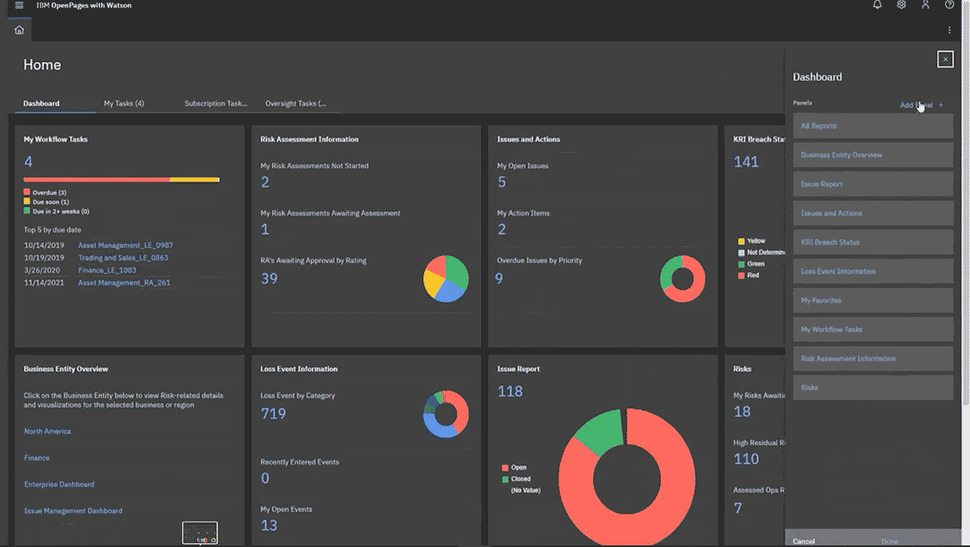







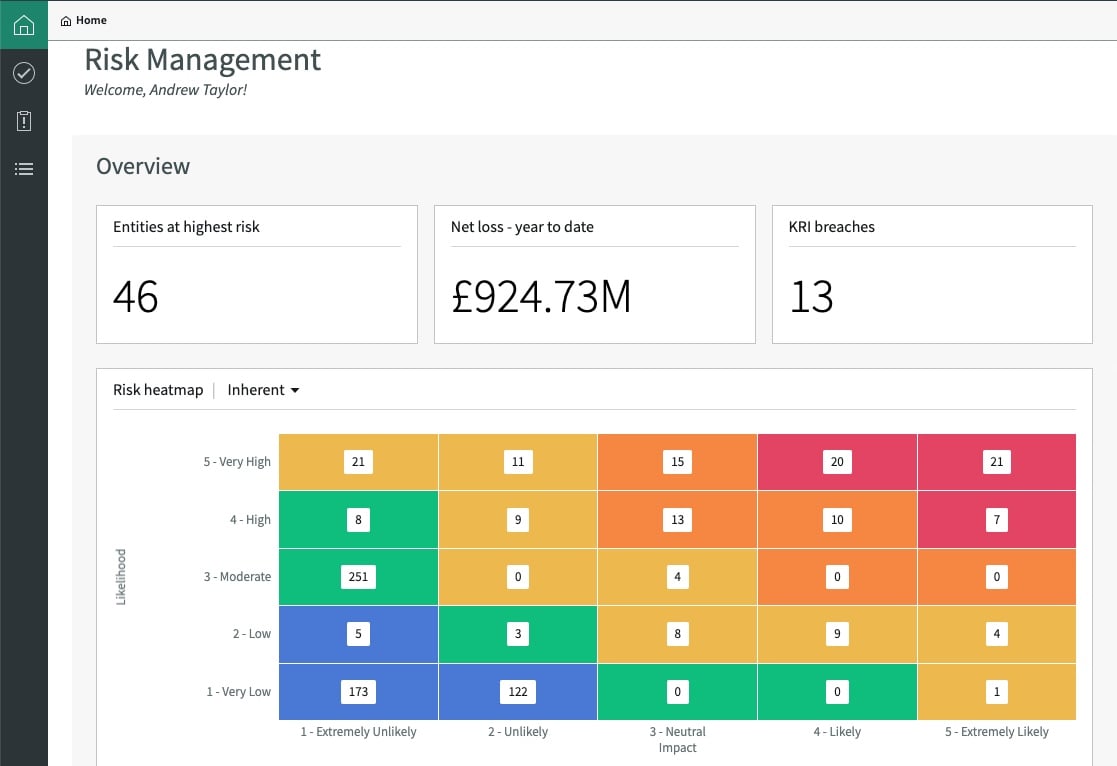






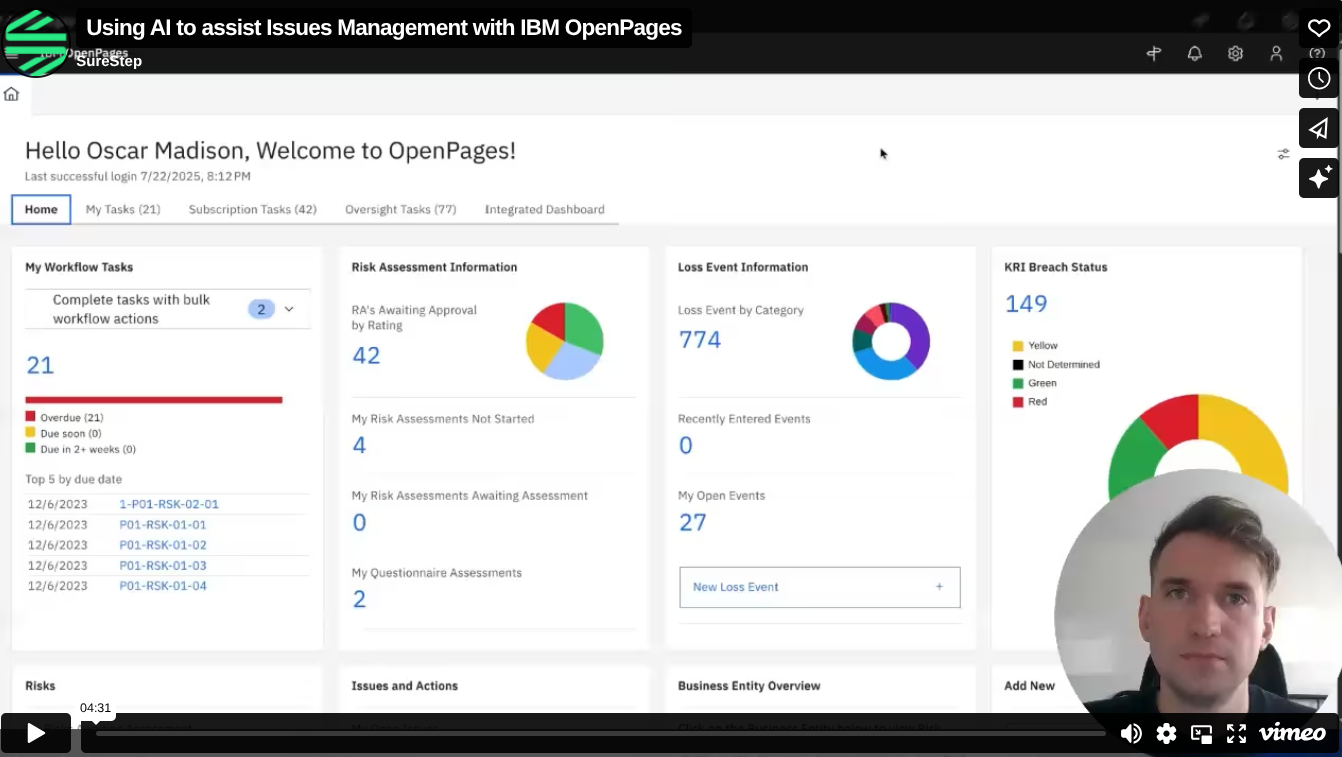
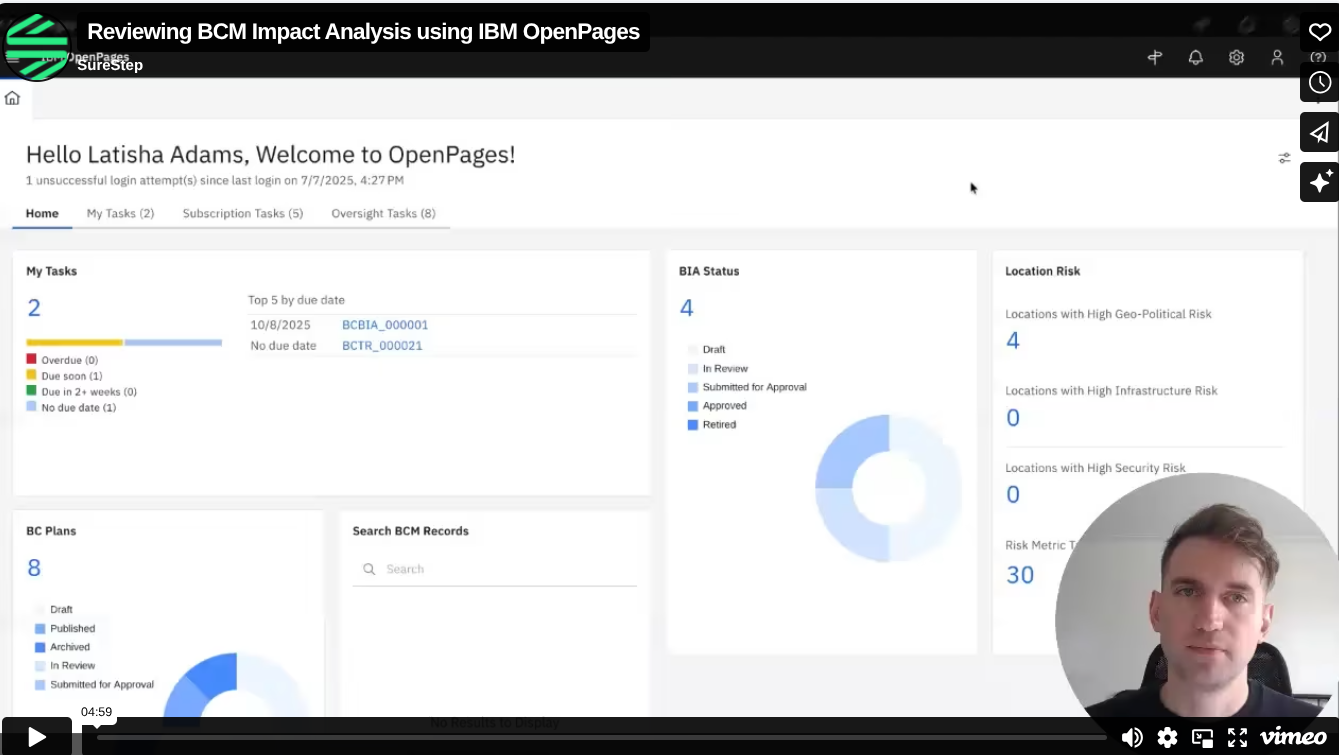






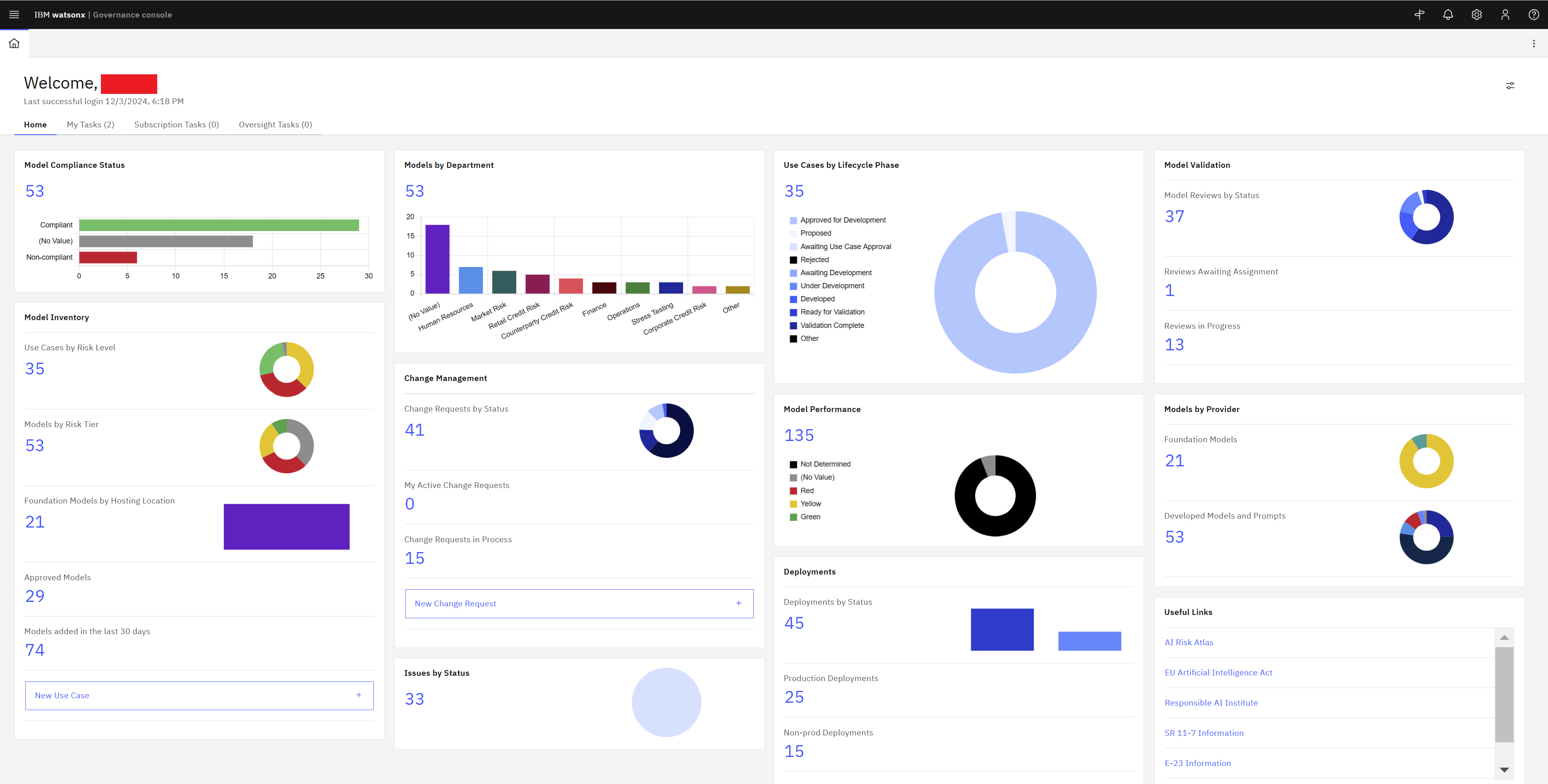

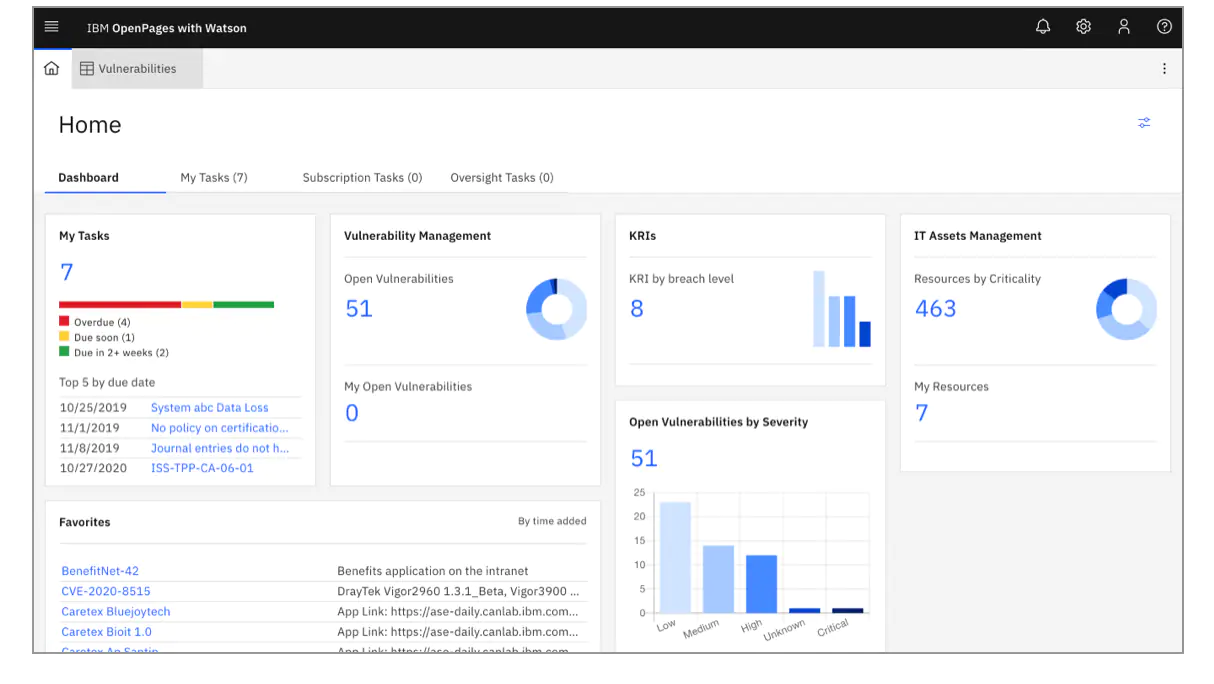
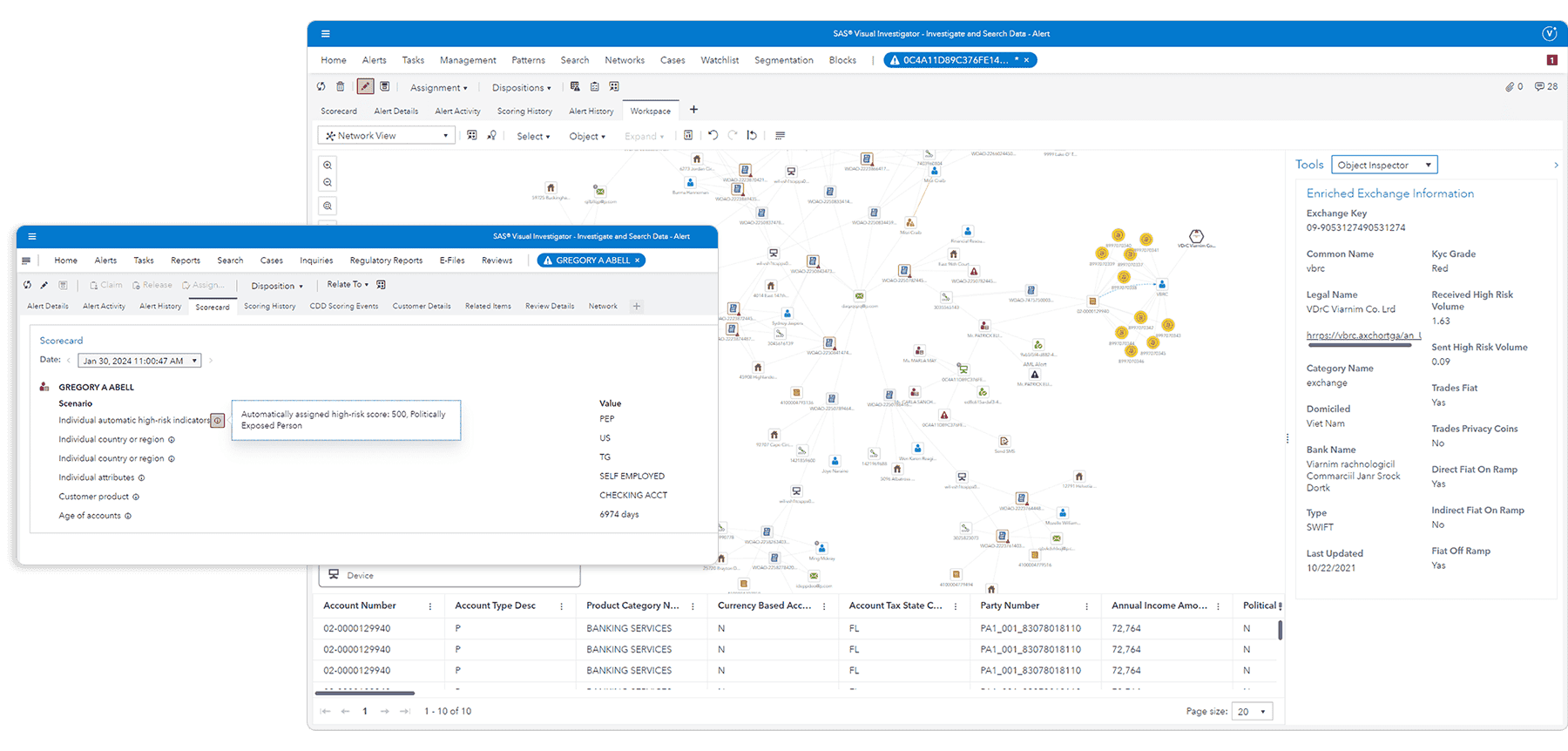







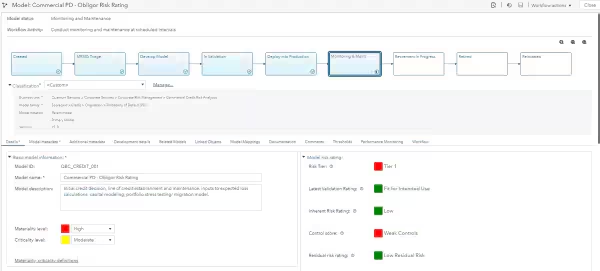









.webp)

-1.jpg)










.jpg)



























.jpeg)







